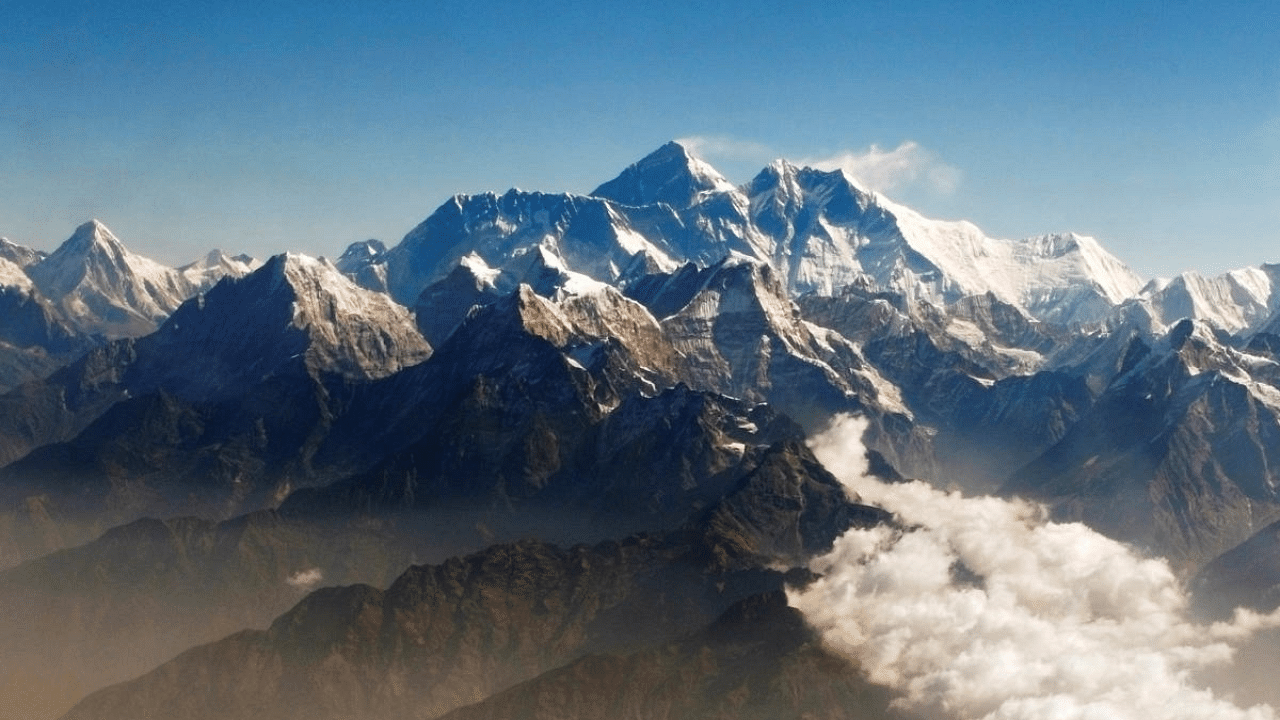
The Intergovernmental Panel on Climate Change(IPCC) report under the sixth assessment cycle was released recently. This report of working group one is a first in the series, and two more, on impacts, adaptation and vulnerability and mitigation will be out by March 2022. As expected, the revelations of the report exhibit severity of the effects of climate change and that it is imminent. Simply put, catastrophic climate-related events will happen more frequently, with massive proportions and impact.
No big wonder that the most powerful impact on climate change emanates from the emission of carbon gases, and in the last three decades, there has been an increase of 50 per cent in their contribution since humans evolved. Mitigation strategies will be rolled out in the third IPCC report, and propositions of interventions will flow. But one thing is for sure. We have to prepare for adaption strategies; the earlier, the better. Unfortunately, the kind of interventions made in the guise of development further accentuate the people's vulnerabilities, impacting them severely and even costing their lives.
"Six more bodies recovered, toll rises to 23," was a recent headline from a regional newspaper published from Shimla describing the loss of human lives due to the landslide in Nigulsari in Himachal Pradesh's Kinnaur district. This landslide took place on August 11. The mountain town of Dharamshala witnessed flash floods a few weeks ago. A video of cars floating in the gushing water stream went viral. Similarly, in Uttrakhand, the frequency of landslides has increased. The Delhi to Kullu highway remained blocked for two days after landslides.
Why is it that loss to property and human lives has increased manifold in the recent period, especially in the Himalayas?
Perhaps there are two critical reasons for that. The first one is that the impact of climate change is evident from the sheer increase in rainfall during a short period. Earlier, the same volume of rain would fall over a longer span.
Then some regions had scanty rainfall and were considered dry mountain deserts. For example, the Kinnaur district was considered a dry mountain desert, but in the past few decades, massive precipitation has taken place, thus leading the many slips and landslides.
Apart from the climate change impact, it is the way our development work is gets implemented. Among the youngest mountain ranges, the Himalayas are highly vulnerable to climate change and massive construction activities.
In Kinnaur, a tribal district, nearly 8,000 MW of hydropower is proposed to be harnessed. More than 3,500 MW is already being harnessed from this district. The entry point of Kinnaur is Badhal/Nigulsari, and along the Satluj, one can reach the China border at Khab. The proposal is to construct hydropower projects right from Khab downstream to Bhakra, constructed during the 1960s. In the Himalayas, owing to loss of land because of large dams, run off the river dam technology was adopted, and Nathpa Jhakri Power Corporation-NJPC (1,500 MW), Wangtoo Karcham (1,000 MW), Sapni (300 MW), Shongthong Karcham(450 MW) are all based on this technology.
No doubt the land submergence is minimal, but the headrace tunnel for creating a potential difference at the surge shaft that pours water onto the turbines runs into many kilometres. It is rare that a TBM (tunnel boring machine), which minimises the mountain's loss, is used to construct these tunnels. The construction is done mainly through blasting, earlier by exploding the mountains and currently by imploding them. In either case, rock layers get disturbed/cracked/fragmented, which leads to loosening of the rocks and the strata over them, thus causing landslides in areas where hydropower projects are being constructed.
Not to forget that the grasslands over these mountains also lose their natural water flow, and most of them have now become dry. Nathpa village became extinct as the entire village started loosening and falling in the Satluj river. The people had to be translocated.
Then there is the widening of the roads, especially the four-laning of the roads leading to Manali and Kinnaur. These two stretches have become a nightmare for travellers. Unfortunately, basic norms of cutting a mountain for such a widening are not adopted. Hardly one finds a geologist being part of the exercise. The mountain is cut sharply, not in terrace, but vertical form, which leads to many slides. The Parwanoo to Shimla four-laning is a continuous reminder of this.
These construction activities are neither sustainable nor resilient, and as the IPCC report points out, we must ensure minimum damage to the prevailing ecosystems.
Another artifice that happens is the CAMPA fund(Compensatory Afforestation Fund Act). Instead of planting trees at the sites with maximum loss to the ecosystem, the CAMPA funds are diverted to construct other utilities.
These forms of development is just a reminder that events leading to catastrophic proportions will undoubtedly rise. The only way is to ensure that adaptive, resilient strategies are adopted to minimise the loss.